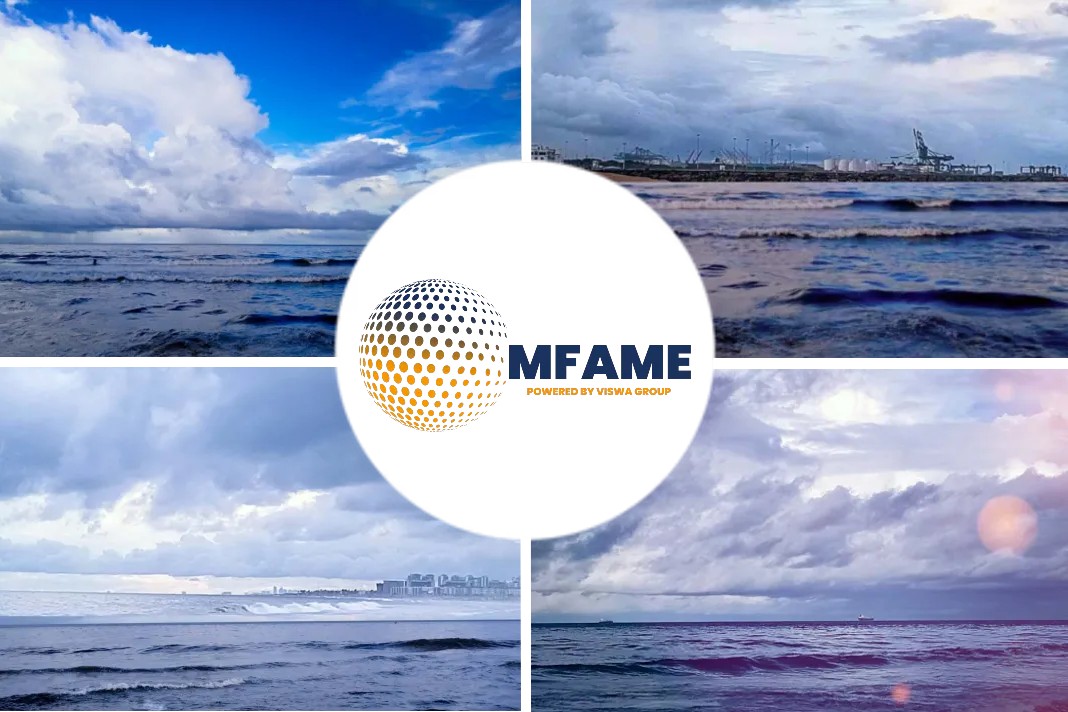 •OOCL revenue broke all the records in the revenue in quarter two, however there seems to be a fall in volumes.
•OOCL revenue broke all the records in the revenue in quarter two, however there seems to be a fall in volumes.
•The record were achieved despite of growing congestion in the soft market
The article published in The LoadStar interprets the falling rates in quarter two and how in spite of this OOCL revenue grows.
Breaking Barriers
Ocean carrier average rates per teu appear to have plateaued in the second quarter, as contract rate increases are negated by tumbling spot rates, which can represent around half of their business.
The first glimpse of how carriers performed in Q2 is provided by the operational results for OOCL: a surge in revenue but a decline in cargo carried, in spite of higher fuel costs.
OOCL’s revenue surged 52.4% on the same period last year to a new high of $5.3bn, despite a 5.6% decline in lifts to 1,839,050 teu, mainly due to higher rates obtained in long-term contract deals.
This resulted in an average rate of $2,874 per teu for Q2, which is, interestingly, on a par with its average for Q1, suggesting carrier earnings may now have peaked.
Fighting Congestion
OOCL’s parent, OOIL, said: “This record result was achieved despite severe congestion around the network,” adding that congestion had reduced “loadable capacity by 6.1%” as its vessels were idled at ports around the world.
This was particularly felt on the transpacific, where chronic congestion at US west coast ports and, more recently on the east coast, saw OOCL carryings decline by 12.1% on Q2 21, to 474,851 teu.
Due to the commencement of new annual contracts on the transpacific featuring the significantly higher rates, OOCL’s revenue on the trade lane soared by 73.7%, to $2.1bn, for an impressive average rate of $4,365 per teu.
However, spot rates on the route have been in freefall in past weeks, shedding some 20% last week alone, to go below $4,000 per teu and putting newly agreed contracts at risk of default.
Asia-Europe Tradelane
Asia-Europe tradelane, OOCL’s revenue was up 36%, to $1.39bn, while its liftings declined by a modest 1.9%, to 402,836 teu, despite congestion at North European container hubs.
This could be explained by the fact that OOCL and OOIL are subsidiaries of Cosco and part of the Ocean Alliance vessel-sharing group, which has been more prepared than the 2M, and especially THE Alliance, to skip ports in North Europe in favour of a hub and spoke relay operation, enabling vessels to return to China earlier to reload.
On the transatlantic, OOCL’s revenue jumped 57.8% on the same period of last year, to $372,406, sourced from liftings of 112,300 teu, 8.5% below the previous year, for an average of rate of $3,316 per teu.
Spot rates between North Europe and the US east coast have soared in the past 18 months, from around $2,000 per 40ft to about $8,000 and, so far, have not shown the same signs of weakening as rates from Asia.
OOCL’s biggest region remains intra-Asia/Australasia, which recorded a 42.6% increase in revenue, to $1.45bn, from a 3% decrease in liftings, at 849,063 teu, for an average rate of $1,713 per teu.
Did you subscribe for our daily newsletter?
It’s Free! Click here to Subscribe!Subscribe!
Source: The LoadStar















